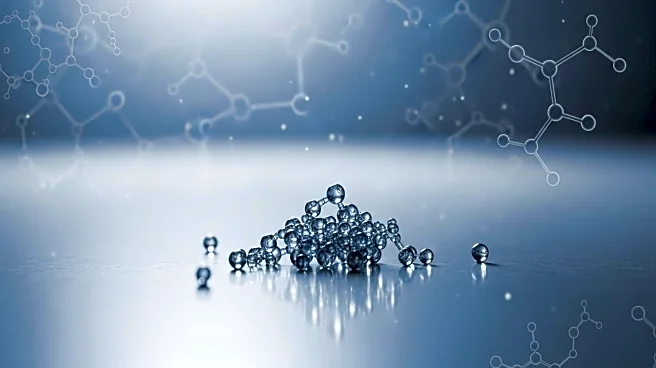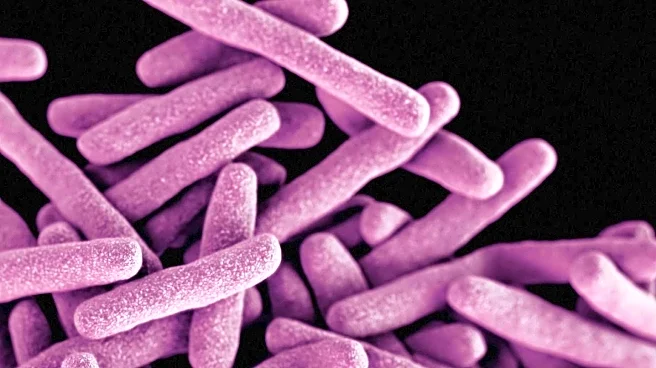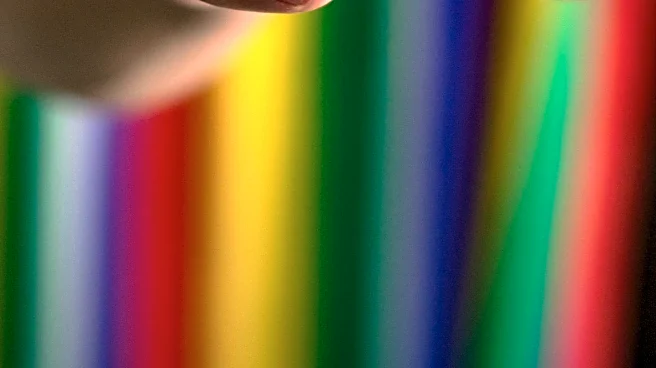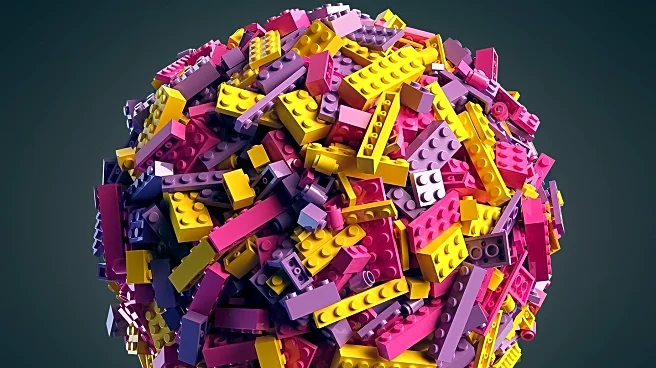What's Happening?
Researchers have released striking images showing antibiotics, specifically polymyxins, defeating disease-causing bacteria by piercing their membranes. The study, conducted by scientists at University College London, used atomic force microscopy to capture the process in real-time. Polymyxins target the outer membranes of gram-negative bacteria, such as E. coli, Salmonella, and Shigella, which have developed resistance to other antibiotics. The images reveal how polymyxins force bacteria to shed their outer membranes, allowing the antibiotic to infiltrate and kill the bacterial cells.
Why It's Important?
Understanding the mechanism of polymyxins is crucial in the fight against drug-resistant infections caused by gram-negative bacteria. These bacteria pose significant challenges to public health due to their resistance to many antibiotics. The study's findings could lead to improved antibiotic treatments and strategies to combat resistant strains, potentially reducing the prevalence of deadly infections and improving patient outcomes.
What's Next?
Researchers aim to use these findings to enhance the effectiveness of polymyxins and develop new treatment strategies. One potential approach is combining polymyxin treatment with methods that promote bacterial growth, allowing the antibiotic to target dormant bacteria. Continued research and collaboration among scientists could lead to breakthroughs in antibiotic development and resistance management.
Beyond the Headlines
The study highlights the importance of innovative research techniques, such as atomic force microscopy, in advancing our understanding of microbial processes. It also underscores the need for ongoing investment in scientific research to address the growing threat of antibiotic resistance.










